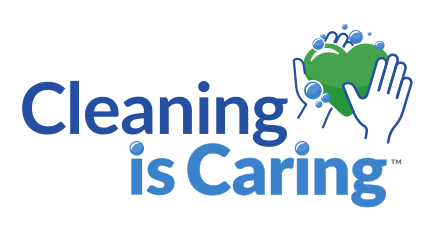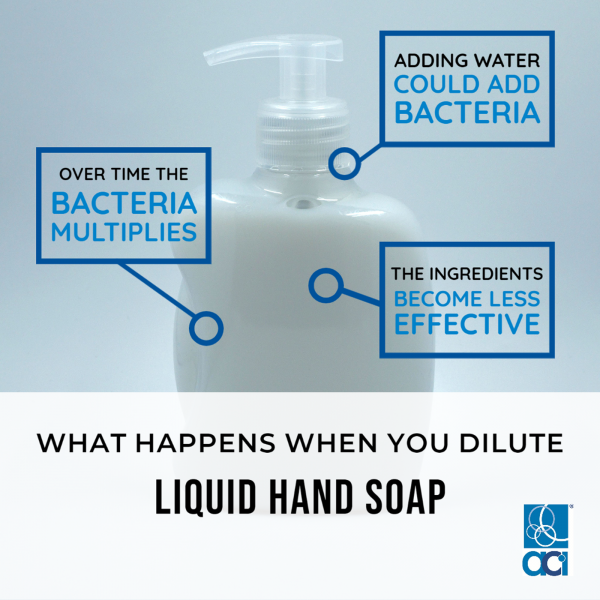We’ve all been there: you go to wash your hands and realize you’re down to the last dregs of your liquid hand soap. You may be tempted to add water to the soap dispenser. But there’s a good reason not to.
Liquid soap is made up of a precise combination of ingredients that work together to effectively lift dirt and grime from your hands and help destroy many kinds of bacteria and viruses, including the new coronavirus. Extra water throws off the balance of these ingredients and reduces their strength, making the soap less effective.
Think of it like baking. Adding extra milk or flour to a recipe can drastically change its outcome. While it might be okay to dunk cookies into milk after they’re baked, adding too much milk to the batter will leave you with a soggy mess.
There’s also the concern of adding bacteria to the mix. Liquid soaps contain a very strict amount of preservatives which prevent bacteria from multiplying in the dispenser. When you open the dispenser and add tap water, you may be adding bacteria as well. Plus the extra water reduces the effectiveness of the preservatives, meaning the bacteria can multiply in the soap. Studies have shown that when you wash your hands with contaminated soap, you could be increasing the number of disease-causing bacteria on your hands.
The next time your liquid soap is running low, flip the bottle to get the dregs out and replace it with a new bottle of soap. If you’re using a bulk refillable soap, make sure you’re putting the exact same product into the original container – without extra water! If you’re out of liquid soap completely, wash your hands with bar soap instead! It does all the same things liquid soap does.
Want more tips on washing your hands the right way? Check out our handwashing guide.


I had one question – they sell refillable hand soap dispensers that make “foaming hand soap” by filling the soap to a line, filing with water to another line, and then letting them disperse together. Are those unsafe products?